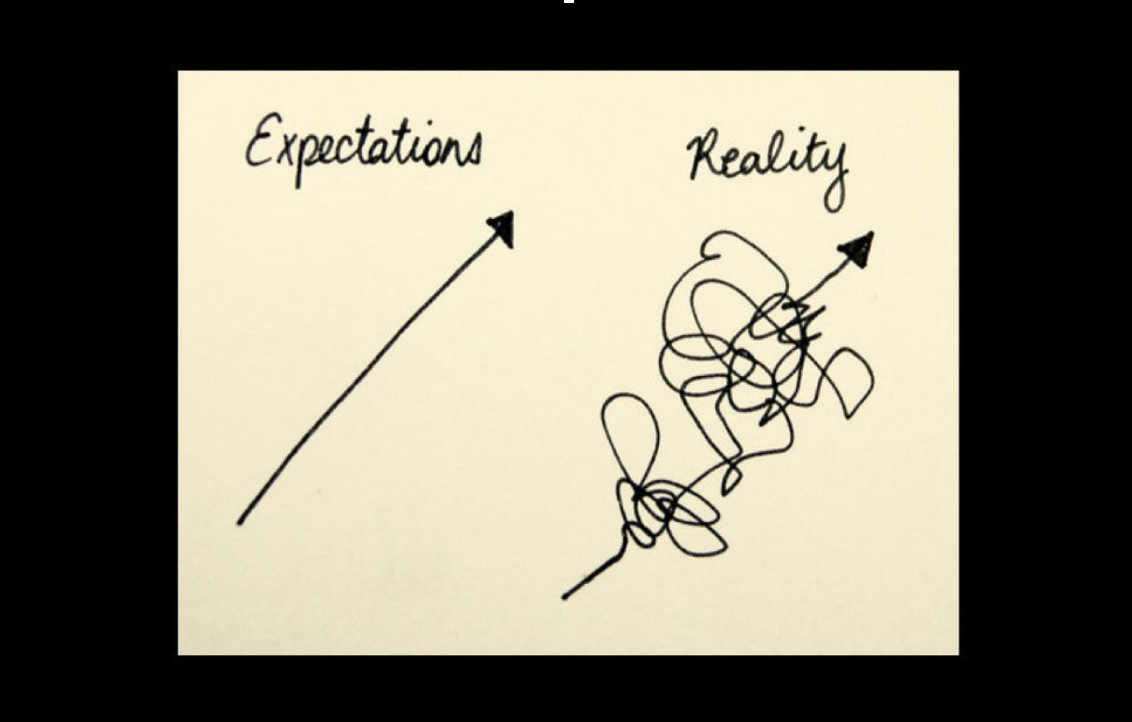Scrum is a specific form of agile methodology used in software development where all collaborators gather as a team to work towards a common goal. Successful scrum depends on how well members of the team exhibit and practice 5 key values: courage, focus, openness, commitment, and respect. When executed properly scrum can result in highly positive and productive development teams. However, if implemented incorrectly it can result in dark scrum that can seriously derail productivity and morale greatly effecting production outcomes.
Dark Scrum occurs when some of the key values of scrum are abandoned or misused. One example would be excessive expectations put out by any member working with the project. Typically by project leaders towards the development team. Dark scrum can silently erode and dismantle the morale of the development team. Dark scrum unravels every facet of teamwork and collaboration among team members and stakeholders. These dysfunctional work environments can become costly by raising the cost of projects by slowing down collaboration and productivity and in turn can negatively effect relationships with clients.
Scrum is a popular Agile software development process due to its effectiveness. It is being employed in other industries that require flexible and innovative project management solutions. Scrum teams can typically deliver in predetermined increments working in sprints, with quantifiable targets and flexibility. Dark scrum, however, can overcome scrum’s well-balanced cooperation, greater focus, and results-driven strategy. When this happens, people lose motivation from irrational expectations, which causes friction inside development teams and among stakeholders. Agile transitions into awkward stumbles.
As a result, sprint planning can soon become a stressful game resulting in open disagreements between team members.
Harmful effects Dark Scrum can have on the work environment
Scrum was originally designed for software development; however, it has evolved into a more generic methodology. As organizations and project managers have adopted the scrum methodology to fit their organizations, they have started to develop modifications to fit their own needs. Scrum is a simple framework for completing projects, which means there are many ways to modify it, depending on the project and the team’s needs. However, the scrum approach has been manipulated so that it has become a tool for finger-pointing rather than an effective tool for project management. Well intended scrum has become dark scrum when it has been implemented to value completion over quality and management over development.
When issues such as these arise in an organization one resolution is to hold scrum meetings to address them. These meetings are called ‘Scrum of Scrums’, which bring together all the people responsible for each team every two weeks. At this meeting, issues can be openly discussed and resolved so projects continue smoothly and efficiently.
How to avoid using Dark Scrum
Scrum is not a simple process to implement, as it involves several key steps that need to be taken into consideration. The first step involves choosing the right team. The team needs to consist of highly motivated individuals capable of handling different priorities and scenarios correctly. They should have good group and individual skills with a charismatic leader who will inspire other members to work hard towards achieving goals every day. Other than this, both the leader and the followers also need to be open-minded as scrum requires team members with unique personalities, which helps create an atmosphere that is more conducive to fast-paced work.
The second step involves adopting a project management model that is unique to the team, and it should not be modified as it will affect the team’s culture. The team should have a leader who will ensure that everyone works as an efficient unit. Scrum requires clear consistent communication between all working parts of the development team. These key leaders must be capable of facilitating communication and redirecting the team when necessary to meet both the project demands and the personal demands of the development team.
The third step involves developing a set of tools that help keep everyone focused on their roles and responsibilities. Writing detailed documentation and conducting meetings as needed to facilitate in achieving the project goals.
Most common indicators of Dark Scrum
Whenever the project manager fails to fully scope the project in a concrete manner and gather the appropriate employees to handle all of the duties and activities necessary to achieve project success, it is a very evident symptom of dark scrum for your team and the entire project. As a result, the project’s completion date may be pushed back and money is wasted. Restructuring is a common occurrence in software development. It is the role of the project manager to ensure this takes place with project goals in mind. Additionally, the product owner has the ability to force the development team into dark scrum to complete a project at an unreasonable pace. The project leader can help the project owner develop and maintain realistic expectations throughout the project.
Another key source of dark scrum is the distribution of work done by management rather than the team members themselves. This is particularly detrimental to the project since the management does not know about the strengths and limitations of the employees. When they allocate the job and not the members of the team themselves, events spiral out of control and the project is delayed even further.
Dark scrum can also result from a frantic pace of work demanded by a large number of individuals with a stake in the outcome. The scrum master, product owner, or project manager might fall under this category. The formation of a Scrum Team can also result in Dark Scrum if no blueprints or maps are available to indicate how to do it efficiently.
Contact One Blink Technology Group, LLC. for a dark scrum free software development experience. We develop Web and Mobile applications for our clients around the world. We design and create next-generation software for enterprises of all sizes and types. Our goal is to provide excellent products, exceptional service and world-class talent at an affordable cost to our customers.



